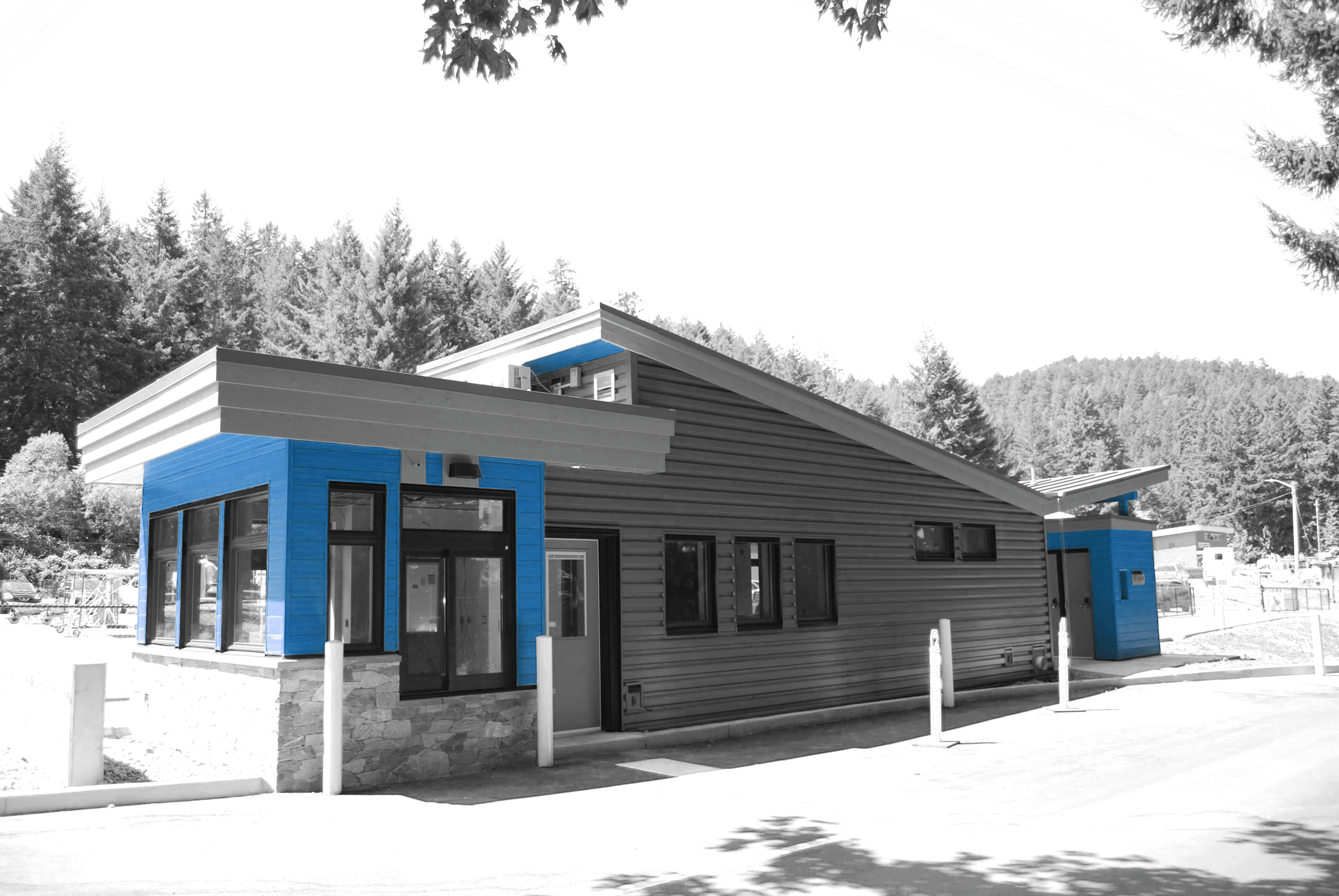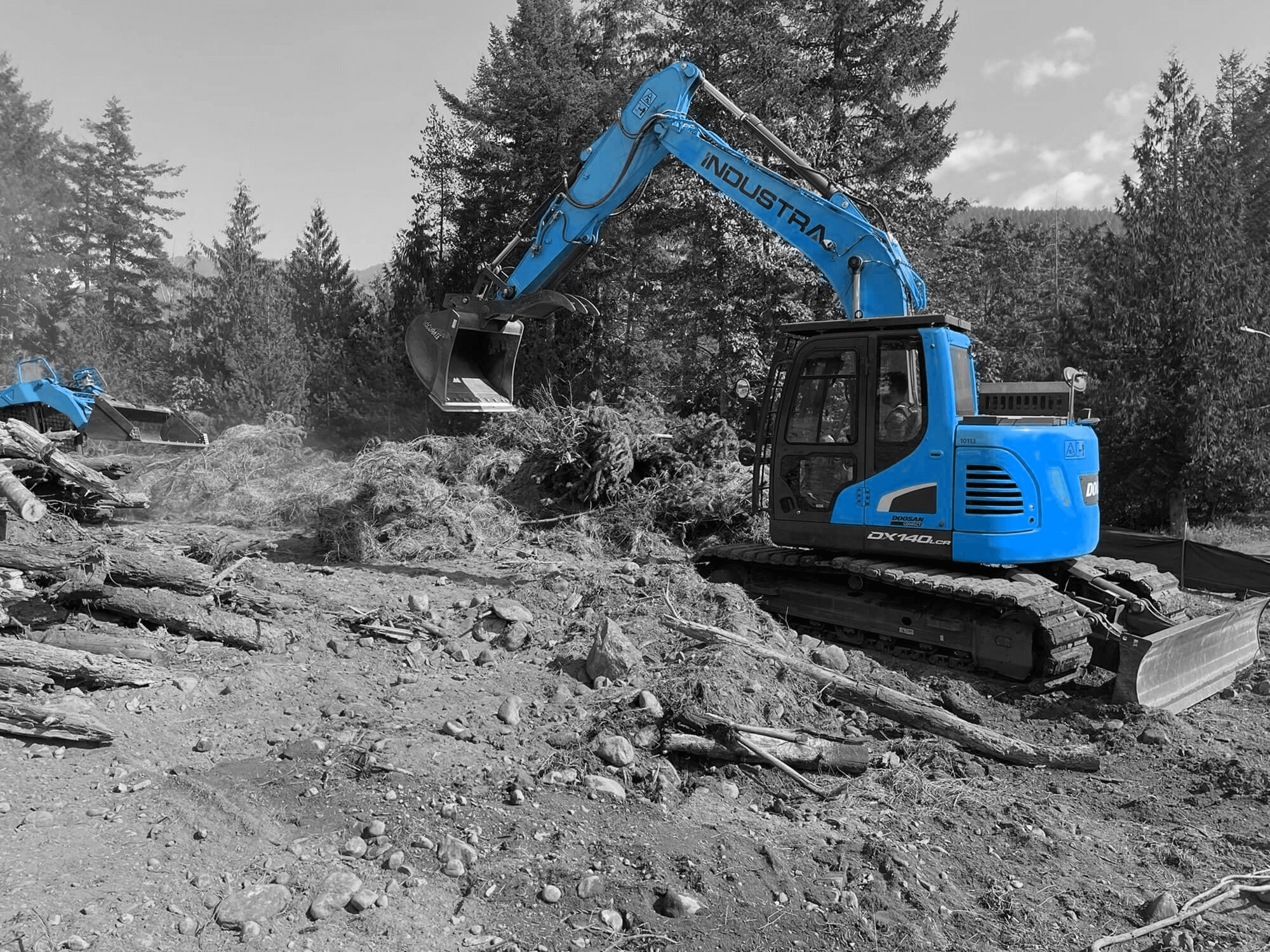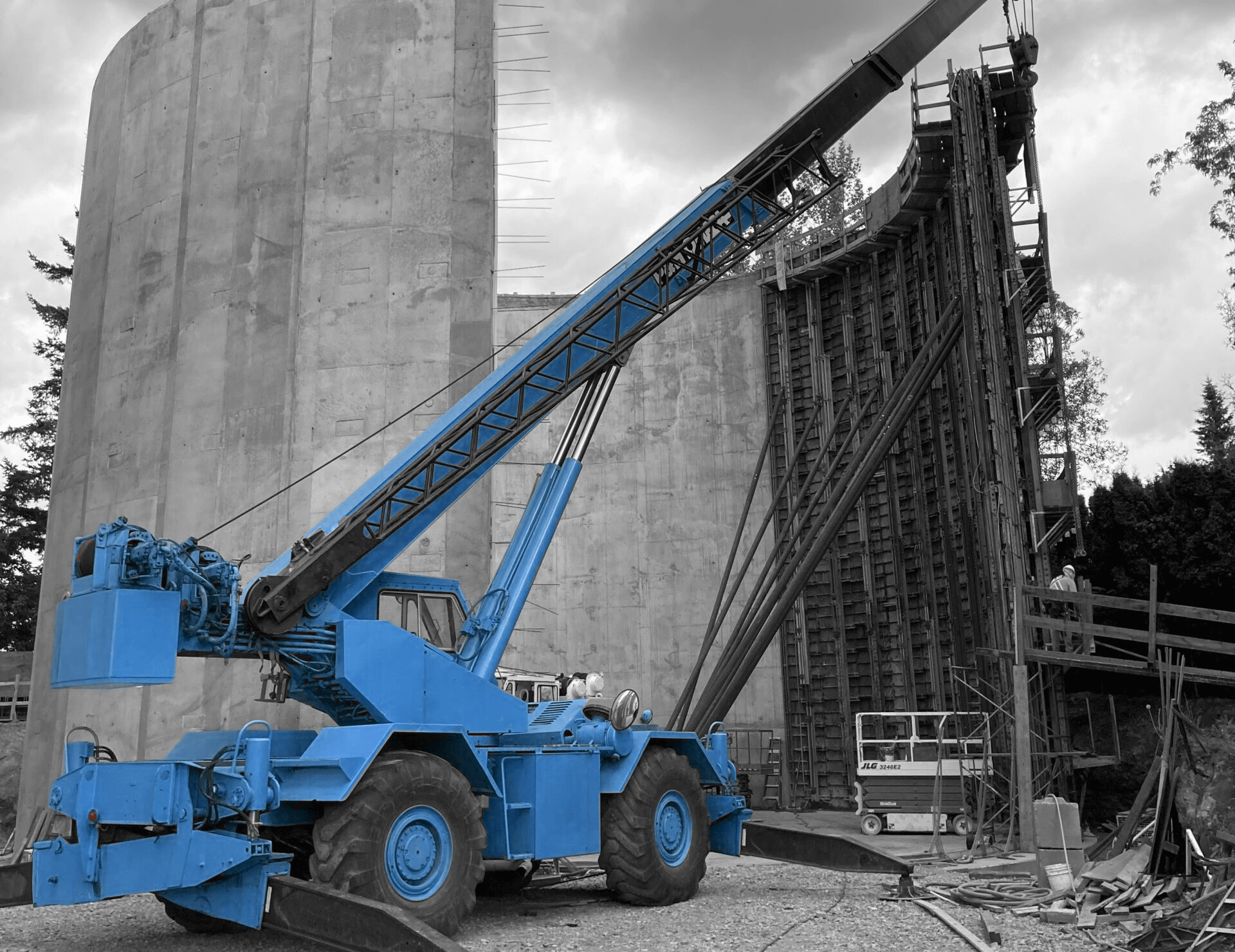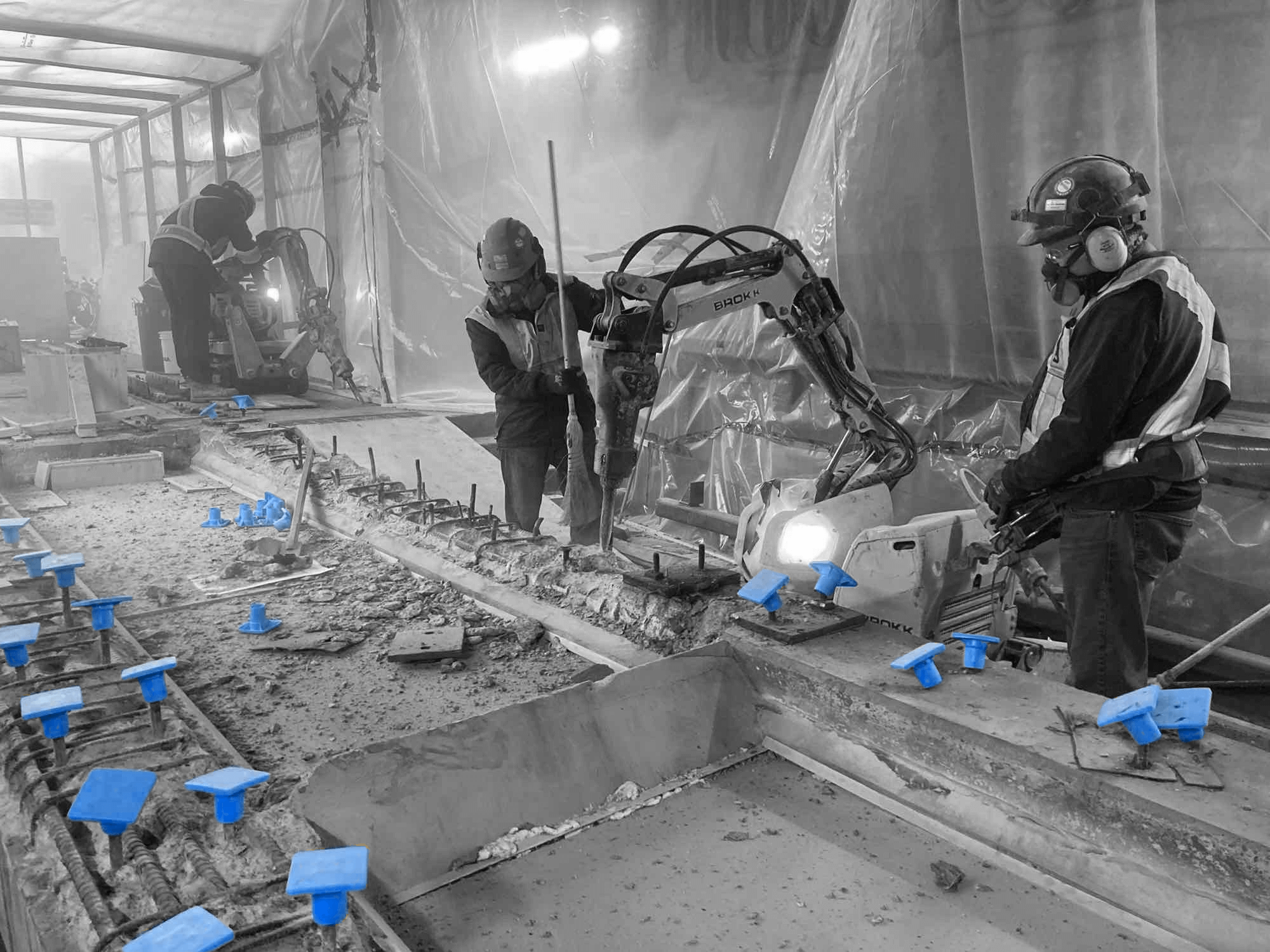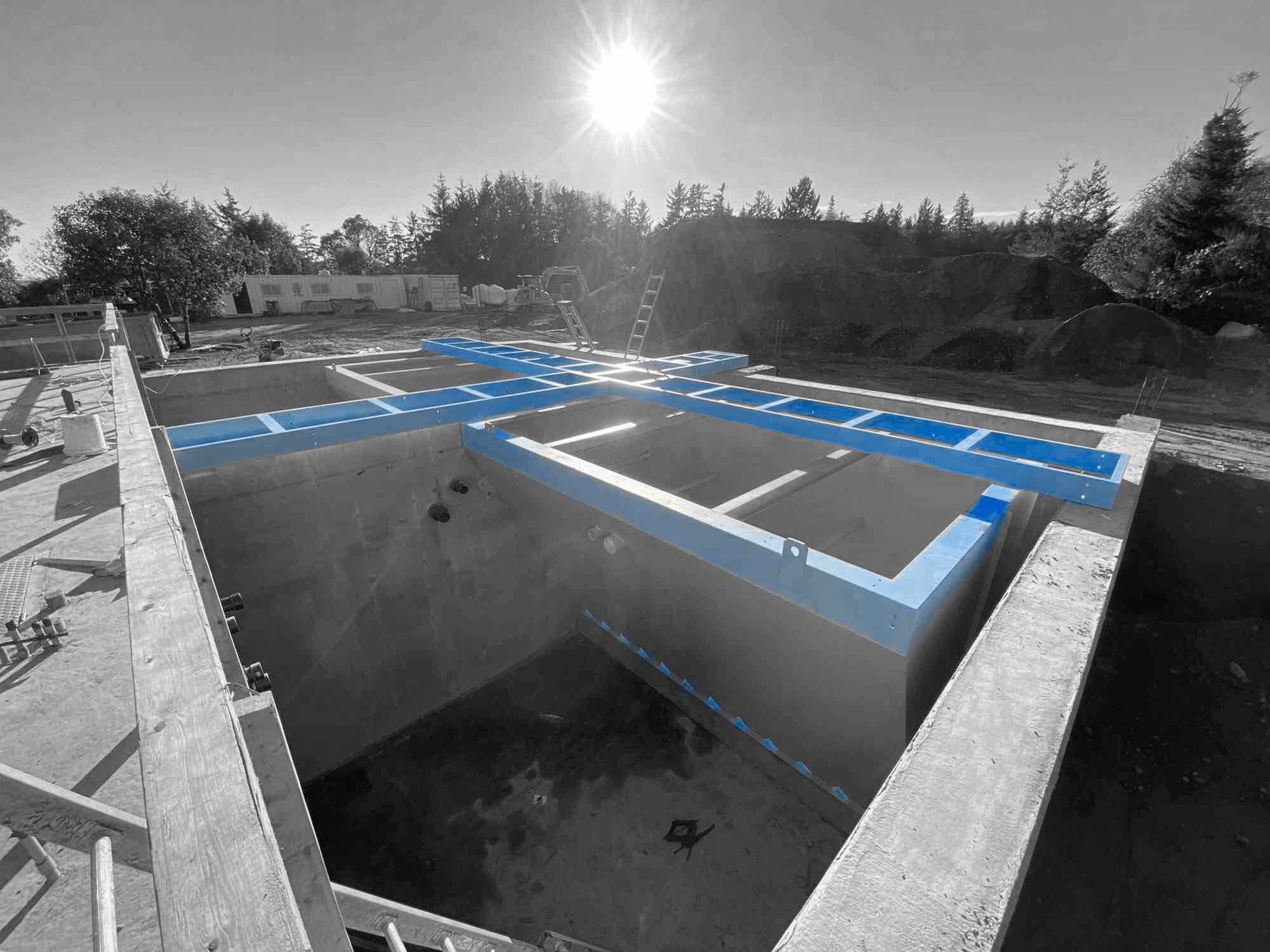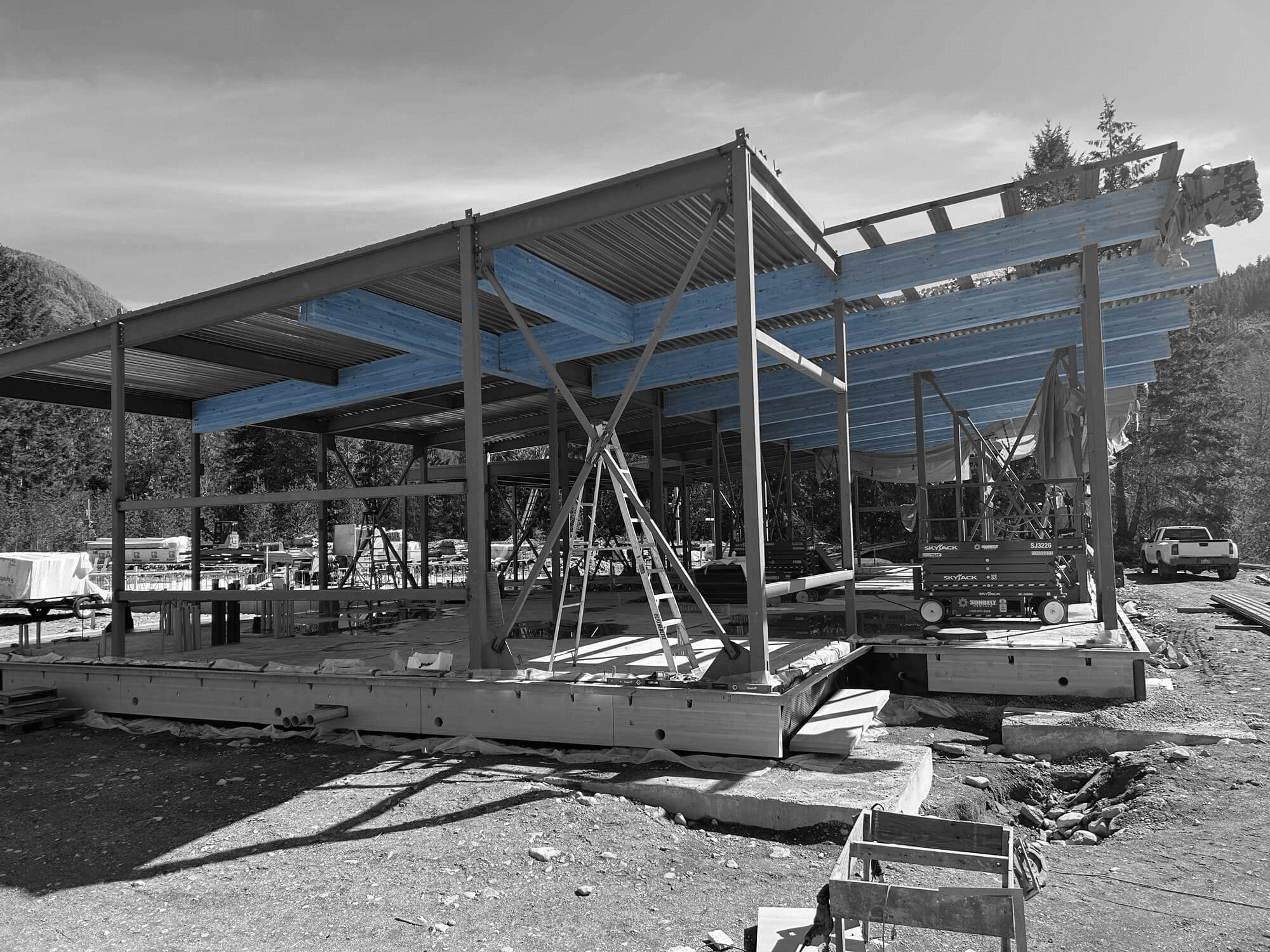Managing large-scale construction projects is no small feat. It requires a blend of strategic planning, resource management, and effective communication. These projects, whether they’re new infrastructure developments or upgrades to existing facilities, demand careful oversight to ensure success. Imagine overseeing the construction of a new industrial complex in Mississauga. The sheer scope can be overwhelming, but with the right approach, it becomes manageable. For project managers in regions like Surrey, Mississauga, and Ontario, understanding the local context and the challenges it presents is key to delivering on time and within budget.
Large projects come with a variety of challenges, from unpredictable weather to coordinating different teams and resources. In Ontario, for instance, the summer season might bring construction to a halt unexpectedly due to heavy rains. This unpredictability is why it’s important to have a solid plan in place. Successful management involves considering these environmental factors and preparing accordingly. It’s about setting up systems that are flexible and responsive to changing conditions, ensuring that projects move forward smoothly, despite the hurdles.
Breaking Down the Project Phases
Effective planning is the backbone of any large-scale construction project. Breaking down the project into phases can help manage complexity. Each phase should have a clear set of objectives and a timeline. Here’s how you can efficiently map out each phase:
1. Initiation Phase: Start by defining the project’s scope. What are the main goals? What resources will be needed? This phase sets the direction for everything that follows.
2. Planning Phase: Develop detailed plans that include timelines, budgets, and team roles. Use this stage to align with stakeholders on what success looks like.
3. Execution Phase: This is where plans turn into action. Manage and oversee the work, keeping the team focused and motivated. Regular check-ins can help ensure everything stays on track.
4. Monitoring and Controlling Phase: Keep an eye on progress versus the original plan. Address issues as they arise and make adjustments to stay aligned with the project goals.
5. Closure Phase: As the project wraps up, focus on evaluating the outcomes and learning from the experience. This is crucial for improving processes in future projects.
By mapping out and sticking to these clear phases, you streamline the management process and reduce opportunities for error. Each phase acts as a checkpoint, helping the team stay on schedule and within budget, even as challenges arise.
Resource Allocation and Management
Once the project’s phases have been outlined, the next focus should be on efficiently managing resources. This involves balancing labour, equipment, and materials to prevent any hiccups in the process. One effective strategy is to prioritize which resources are needed at each stage of the project. For example, during the execution phase, having the right amount of skilled labour is crucial to meet deadlines and maintain quality standards.
Effective budgeting and financial planning are equally important. Set clear financial targets and align them with project goals to keep costs under control. Regularly compare expenses with the budget to identify any deviations early on. This allows for timely adjustments, ensuring resources are employed wisely without jeopardizing other aspects of the project. Managers should also consider potential economic fluctuations in regions like Mississauga that could impact material costs.
Effective Communication Techniques
For any large project, communication acts as the glue that holds everything together. Maintaining clear and consistent dialogue among teams and stakeholders helps prevent misunderstandings and delays. Encourage regular meetings, both in-person and virtual, to address concerns before they escalate. Many construction projects benefit from using technology tools like project management software. These tools can streamline communication by providing updates and tracking progress effectively.
Another key component is ensuring that everyone involved in the project is on the same page. Create open channels for feedback and questions so team members feel heard and informed. When all parties can communicate efficiently, it reduces the risk of missteps and keeps the project moving smoothly.
Risk Management and Problem Solving
In the dynamic field of construction, being prepared for potential risks is part of the job. Identifying these risks early can prevent them from becoming larger issues down the line. Develop a risk management strategy that includes regular assessments to pinpoint potential dangers such as safety hazards or weather disruptions.
Once risks are identified, work on crafting mitigation strategies. This might include having contingency plans for unexpected weather events or ensuring that safety protocols are robust. Additionally, teach the team problem-solving techniques aimed at tackling challenges efficiently. Encourage a proactive mindset so that when an issue does occur, it’s met with quick thinking and effective solutions.
Quality Control and Compliance
Maintaining high quality standards throughout the project ensures that the final product meets expectations and complies with local regulations. Regular quality inspections during each phase can help catch defects early, preventing bigger problems later on. Keep a detailed checklist handy for these inspections, covering everything from material quality to construction techniques.
Compliance with industry standards and local laws ensures a smooth project execution. To achieve this, stay updated on the latest regulations in Ontario and consult with legal experts if required. This proactive approach can avoid legal issues and ensure that the project is sustainable and safe.
Mastering Large-Scale Project Success Through Strategic Management
Successful management of large-scale projects is about combining all the elements discussed into a cohesive approach. Each tip builds on the others to create a framework that leads to successful project completion. By understanding the various phases, managing resources wisely, fostering open communication, preparing for risks, and maintaining strict quality standards, a manager enhances the chances of a project’s success.
As you apply these strategies, think about how they can be tailored to fit specific locations like Mississauga. By doing so, not only do you consider the unique challenges of the area, but you also enhance the efficiency and outcome of the project. Above all, consistent reflection and adjustment of these methods will ensure they remain relevant and effective throughout the construction process.
By implementing these strategies, construction managers can guide their projects to successful completions while accommodating the unique challenges of regions like Mississauga. For those looking to enhance their expertise in this field, explore what it takes to be a manager in construction with Industra Construction Corp., and discover how our insights can contribute to the success of your upcoming projects.










